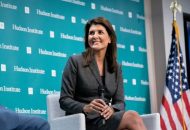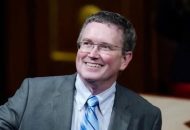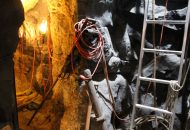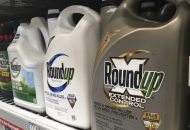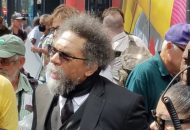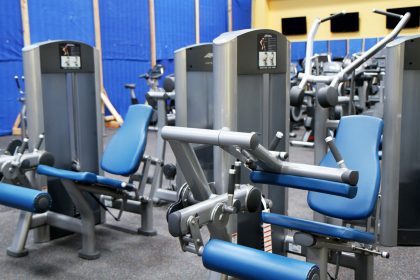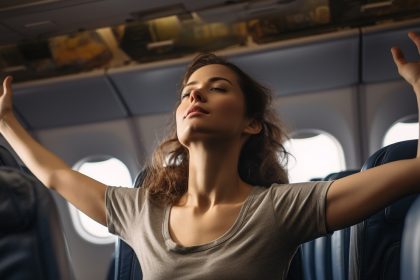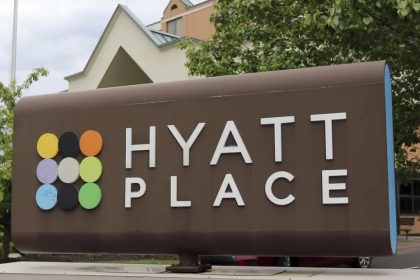Transportation Official Says Security is Good for Airline Travel

WASHINGTON — A top Transportation Security Administration official gave an upbeat outlook to Congress Wednesday for a return to normal travel habits as the COVID-19 pandemic subsides in the United States.
He said the agency would continue its pandemic health and safety procedures but did not expect airline and train travelers to face significant disease risks.
Passengers will have “a much more touchless travel experience” as the summer travel season picks up, said Darby LaJoye, who is acting as the Transportation Security Administration’s administrator.
He testified before the House Appropriations subcommittee on homeland security as it checked to ensure the TSA and commercial carriers are ready to serve what analysts say is pent-up demand for airline and train travel.
Equally important for the lawmakers, they are watching what a return to normal for the travel industry would mean for the U.S. economy.
U.S. airlines lost more than $35 billion last year, according to the financial analytics firm FactSet. They aren’t expected to return to normal operations until the second half of 2021, the analysts predicted.

Similar losses were reported by Amtrak, which said it lost $800 million last year.
The transportation industry is likely to receive a big boost from President Joe Biden’s plans to make infrastructure improvements a centerpiece of his economic development program. The $2.25 trillion American Jobs Plan would spend robustly to upgrade railroads, airports, roadways, water systems and electrical grids.
While LaJoye optimistically predicted the commercial transportation industry’s readiness for business as usual, he also said, “The facts remain that we have been through a great national trauma.”
The “trauma” referred to the pandemic, which claimed the lives of 16 TSA employees who screened passengers at airport checkpoints and implemented other security measures.
The TSA responded to virus hazards by requiring masks on its employees and on passengers. The agency also uses plexiglass barriers at security checkpoints along with social distancing requirements.
The TSA is pinning some of its hopes for better touchless security on the latest version of its Credential Authentication Technology.
The equipment is used to ensure ID authentication and reservation verification. Screening officers can slide travelers’ photo identification into scanners, where it is linked to a database to confirm their flight details.
The newest technology can compare photo identification with facial recognition to ensure they are the same person, LaJoye said.
Unlike times before the pandemic, passengers will be able to carry hand sanitizers onto airplanes this summer but LaJoye added that “we’re not going to sacrifice our security mission.”
Rep. David Price, D-N.C., asked about how the TSA was responding to reports of increased violence on airlines.
The Federal Aviation Administration reported this week that it received about 1,300 reports of unruly airline passengers since February. Of those, about 260 led to criminal investigations.
Before the pandemic, the FAA investigated an average of 100 to 150 potential criminal cases each year.
FAA officials blamed passengers’ refusals to wear masks and white supremacist attacks since the Jan. 6 U.S. Capitol riot as contributing to the violence.
LaJoye said the TSA worked with the FBI and other law enforcement agencies to identify and prosecute troublemakers.
Rep. Lucille Roybal-Allard, D-Calif., chairwoman of the House Appropriations subcommittee, cautioned that the TSA should not relax pandemic safety requirements too much, despite a dramatic drop in infections and deaths in the past two months.
“Not every passenger will have been vaccinated,” Roybal-Allard said.










